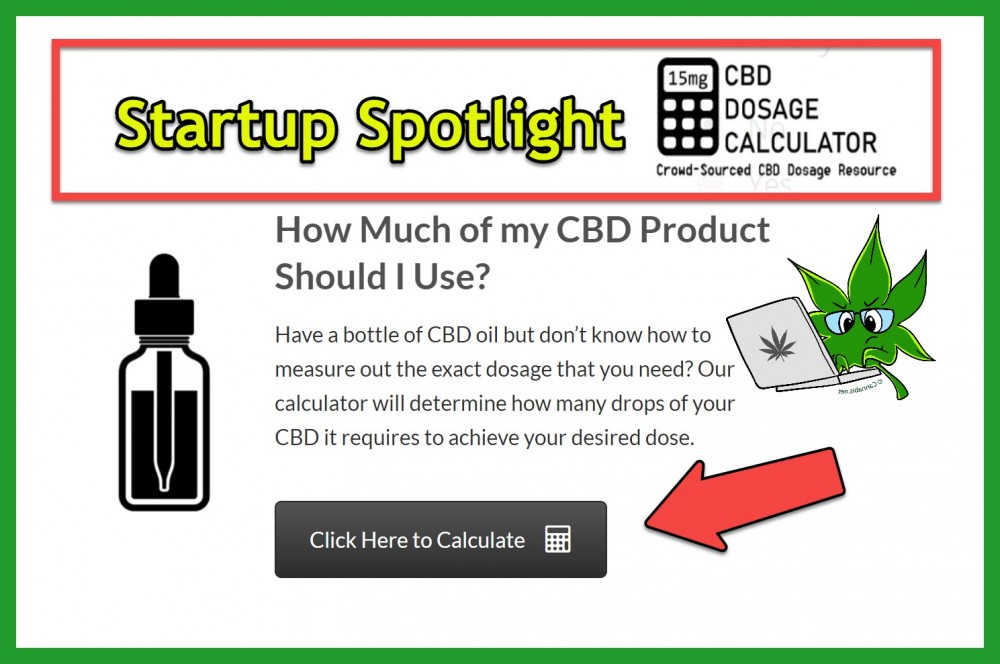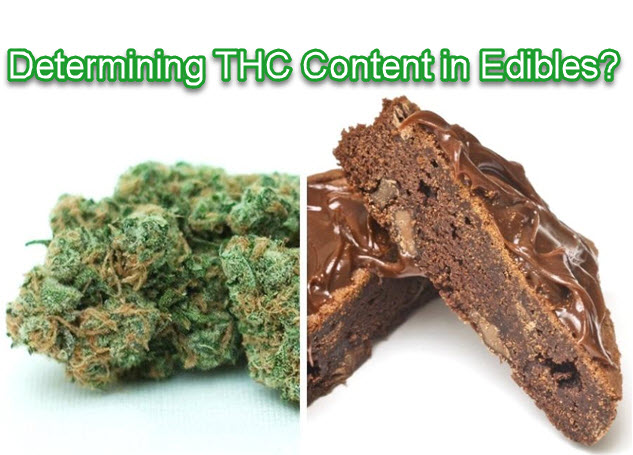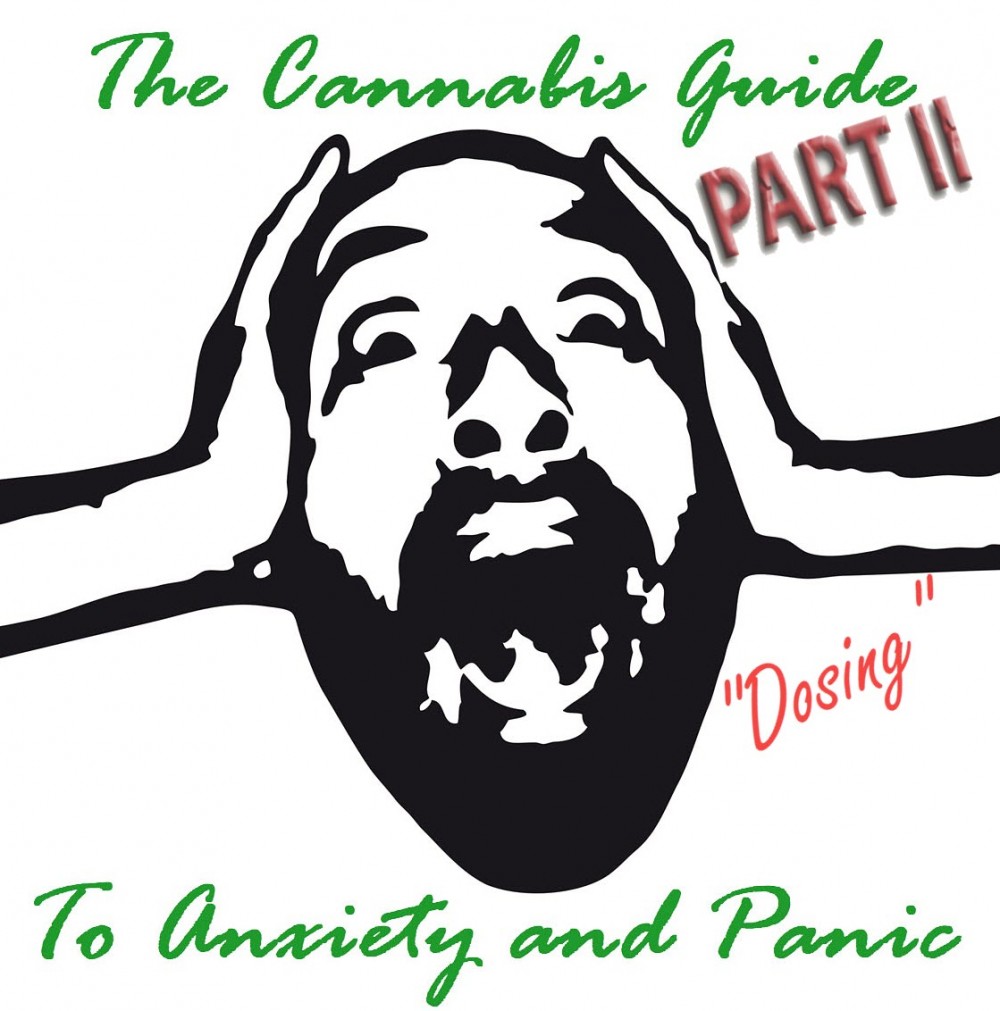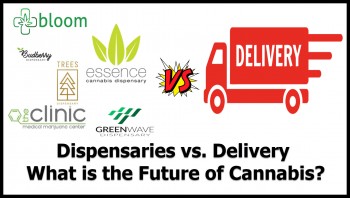How to Find your Correct Medical Marijuana Dosage

Other than your typical medication, Cannabis can be a bit trickier to measure. Cannabis is unusual in the way that an effective dosage varies from person to person. Many factors play a role such as tolerance to cannabis, the method of ingestion, and the concentration of THC and CBD. In a normal pharmacy, all medication has a set table of percentages and dosage. In a Cannabis dispensary, you will find various percentages of THC and CBD concentrations in many products. That makes it more challenging to find the correct dosage for each individual.
Consistency is very important when taking medication. More so when traditional medicine is at play as some of the side-effects could be very harmful when overdosed. Cannabis does not have the same level of toxicity as conventional meds, but what makes it complicated is that it has a biphasic effect. This means that for some a low dosage concentration might have a specific effect, whereas, with a higher concentration, it could be a completely different experience. For this reason, self-dosing is recommended. This happens best by experimenting with cannabis to find the optimal way for the individual patient.
Calculating Dosages Sometimes Hazy
Seeing that there are different ways to use cannabis for medicinal purposes, it is more difficult to know how to calculate the exact dosage. Research is still in its baby shoes when it comes to finding the correct dosage. Best might be to use an isolate, but that could diminish the entire entourage effect. The best advice currently, is to go slow and go low.
What makes it even more complicated, is that dosing will not be the same for every condition treatable by cannabis. The amount of THC needed to stimulate appetite will be different than to treat nausea after chemo treatment. Treating pain is also not a clear-cut dosage, as it depends on where the pain is and what type of pain it is. Then there is the ratio of THC and CBD that plays a role. The ratio of THC and CBD has an influence on the clinical outcome and strength of the effect. For now, we have to use a trial-and-error method.
Understanding the Therapeutic effects of THC and CBD
THC(Tetrahydrocannabinol)
THC has a wide variety of clinical effects with the analgesic, anti-tremor, anti-spasmodic, anti-inflammatory, anti-nausea, and appetite-stimulating properties.
CBD(Cannabidiol)
CBD has also anti-inflammatory properties and reduces anxiety. It improves sleeping problems too. It works through many different mechanisms in the body. It furthermore has anti-convulsant, anti-psychotic, neuroprotective and immunomodulatory properties. It is also an antioxidant and modulates some of the side-effects of THC, like psychotic induced anxiety.
THC and CBD Combinations
Both THC and CBD can effectively work on their own, but in ratio, they are even more effective. Here follow some ideas:
THC: CBD Ratio 1:1
This ratio is very effective to treat conditions of pain. It is especially effective for cancer-type pains and intractable non-cancer pains like muscular dystrophy and Parkinson´s disease. For those new to cannabis, it is advisable to start with CBD alone, even though the clinical effect could be less potent. Gradually, THC could be introduced until the ratio of 1:1 is reached.
CBD rich formulas are very recommendable for those suffering from seizures and autism. THC rich formulas are very good for PTSD, Crohn´s disease, HIV, and Parkinson´s disease. There are more conditions, but THC isolates might not be the best for the entourage effect. When high THC percentages are required, it is recommendable to supplement it with CBD to lower the side-effects.
How to Dose Yourself
Finding the dose correct for you would be to think of what the optimal dosage should be. An optimal dose is the lowest dose necessary to have a therapeutic effect without significant side-effects. Think of:
Side-effect potential
Cannabis can have a sedative effect. For this reason, it is good to start the treatment at night. Be careful when you have an unstable heart condition and low blood sugar levels.
The way of administration
Depending on how cannabis is consumed will have an effect on the clinical response.
Sublingual and buccal
The effect is fast. Within 10-30 minutes the maximum effect will be reached. Sustainability is moderate.
Inhaled or Vaped
Metered-dose inhalers have the fastest onset effect. Within 5-10 minutes the maximum effect will be reached, but the duration is the shortest too.
Orally taken products
It takes anything from 1 – 3 hours for orally consumed cannabis to take effect. The duration effect is the longest. Because of the different ways it gets broken down in the body, the effect of orally taken cannabis for therapeutic reasons could be different than those inhaled or sublingually taken.
Conclusion
There is no clear-cut method to know your exact dosage. There are ways to calculate and try to find consistency, but it is still a very trial-and-error process. The cannabis plant is seriously complicated, and many variants are at play. Until an exact method is found to determine proper dosages, self-experimentation is at the order of the day.
CORRECT CBD DOSAGE, AND THC? READ MORE..
CBD DOSAGE CALCULATOR, CORRECT CBD DOSAGES.
OR..
HOW TO GET THE RIGHT THC DOSAGE IN AN EDIBLE, READ THIS.








